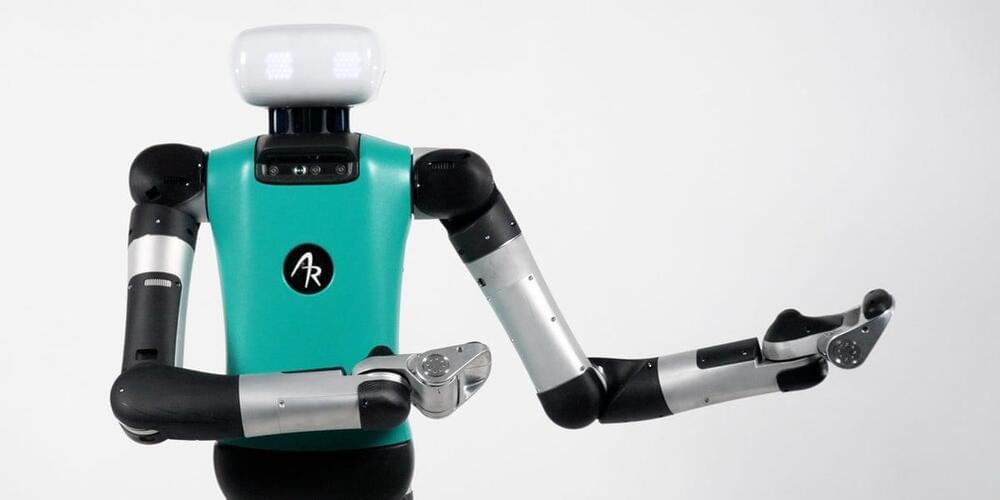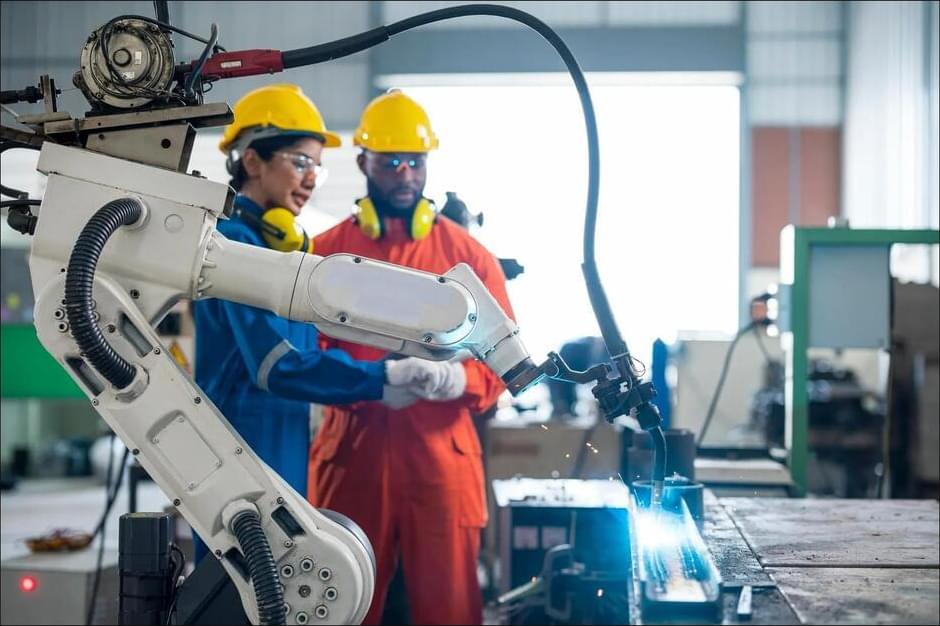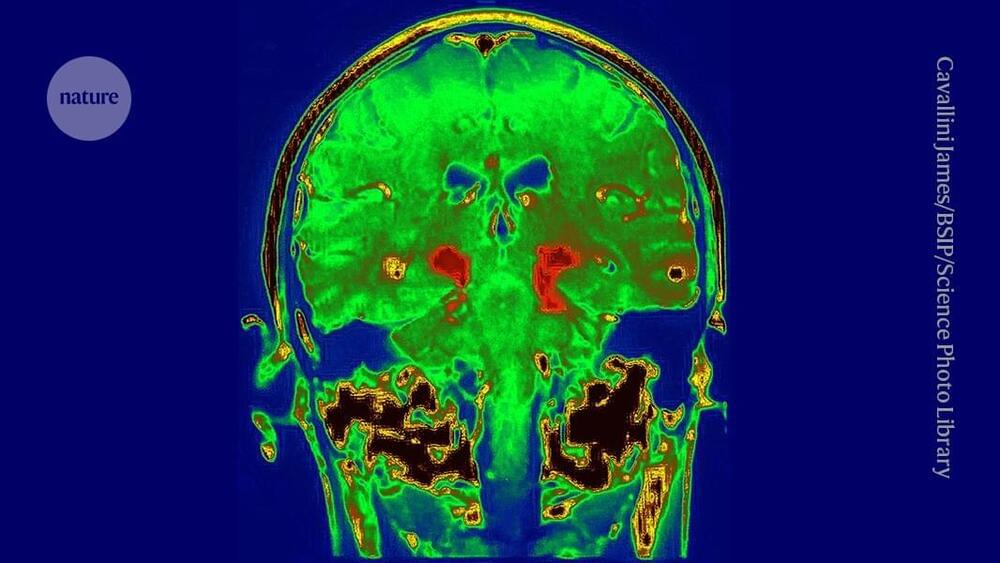The country’s regional division could make it—or break it.




Many of us have seen photos of and read stories about robots working on the production floor in factories, speeding up old-school assembly lines to build products more quickly. And while the robotics trend in manufacturing is continuing to grow, that’s not the only way technology (including artificial intelligence) and automation are impacting the industry.
From enhancing worker safety to more efficiently moving goods and materials from point A to point B, automation is making its mark on the manufacturing industry, and tech experts expect even more changes and improvements in the near future. Below, 17 members of Forbes Technology Council discuss specific manufacturing tasks that are (or soon will be) handled more efficiently, safely and productively by technology and automation.

Have your buffalo wings, save the chicken. Step inside a lab-grown meat factory with us to see the future of food.
Up next, Meet Apollo, the real-life robot who wants to give you more free time | Hard Reset ► • Meet Apollo, the real-life robot who…
Lab-grown meat, cultivated meat, cell-based meat, slaughter-free meat: All of these terms refer to the process of creating real meat from animal cells, despite names that may allude to a vegan product.
What benefits are there to growing meat from chicken cells rather than raising animals for slaughter? Industrial animal agriculture is responsible for an estimated 15 percent of total global greenhouse gas emissions, and with demand for meat projected to double in the next decade, this technology could offer a more sustainable option.
Come with us as we step inside a lab-grown meat facility, and become some of the first to taste-test chicken that was grown in a bioreactor instead of on a factory farm.
00:00 Welcome to Hard Reset.

Leading EV battery maker CATL released its new breakthrough battery pack with up to a nearly 1 million mile (1.5 million km), 15-year warranty.
CATL launched the battery pack with Yutung Bus Co to power commercial vehicles like buses and different classes of trucks.
Yutong, one of China’s largest bus makers, said the new battery packs will be used in upcoming electric vehicles. According to the company, the new long-lasting EV battery has zero degradation through the first 1,000 cycles.

From twenty old computer motherboards, it recovered a 450-milligram nugget.
Learn more about the role of critical minerals in the World Economic Forum’s report:
Mint ETH Zürich
This report identifies 10 high-priority risk management strategies for access to minerals essential for the ongoing energy transition.

NASA has given three space companies the chance to design the next-generation moon buggy — but only one design will go to space. Intuitive Machines, Lunar Outpost, and Venturi Astrolab are developing rugged vehicles intended for astronauts to drive around on the lunar surface, from which NASA may choose as early as next year.
The three teams will now enter into a 12-month “feasibility phase” that will culminate in a preliminary design review. At that point, there will be a subsequent competitive request for proposals, where the trio of companies will compete for a demonstration task order, NASA officials explained during a press conference on Wednesday.
At that point, a final awardee will be selected. The chosen company will be responsible not only for designing the lunar terrain vehicle (LTV) but also for launching and landing it on the moon prior to the Artemis V mission, which is currently slated for no earlier than 2029.
A supersonic drone that will be propelled by a revolutionary new engine has taken to the skies for the first time. When Venus Aerospace’s aircraft does go supersonic on a later date, it will be powered by a Rotating Detonation Rocket Engine (RDRE).
Supersonic drones may sound like something bleeding edge, but they’re surprisingly old hat as a basic concept. As far back as the early 1950s, the US Air Force was fielding remote-controlled supersonic jets for targets to test air defenses, as platforms for reconnaissance in dangerous areas, or as weapons armed with conventional or nuclear warheads.
However, the one thing they’ve all had in common over the past 75 years was a jet engine for propulsion to boost them past Mach 1. In recent years, advances in avionics, aerodynamics, and autonomous systems have allowed uncrewed aircraft to expand their roles, but at their heart, they were still jet propelled.
In an effort to bring clean, renewable energy to some of the world’s more remote islands — many of which are powered by old diesel generators — a pan-European consortium of seven companies has designed a device capable of turning seawater into electricity.
The Ocean Thermal Energy Conversion, or OTEC, technology consists of three main parts that are being built all over the world: a cold-water riser pipe, which is being fabricated in Austria, a cylindrical hull, which is being built in the Canary Islands (a Spanish autonomous community, where the OTEC will be assembled and tested), and a gimbal connection point.
Once the entire OTEC prototype is complete, it will be installed on the Oceanic Platform of the Canary Islands, a little under two miles off the coast. There, it will be tested in harsh ocean conditions for one year. The OTEC is designed to be disconnected if conditions get too harsh and moved closer to shore until the weather clears up.